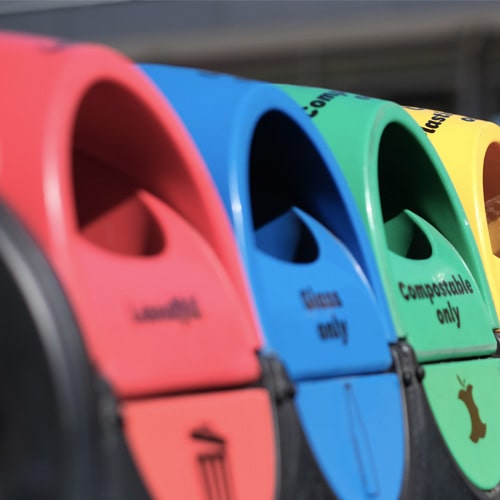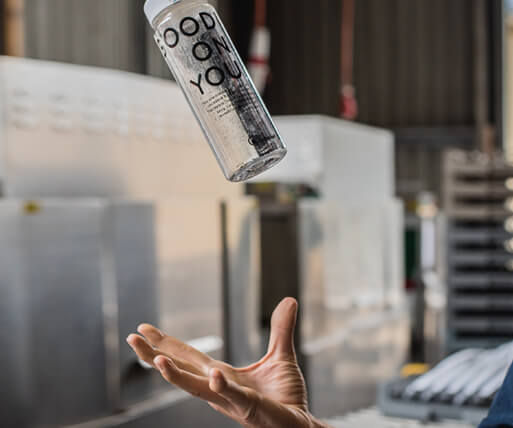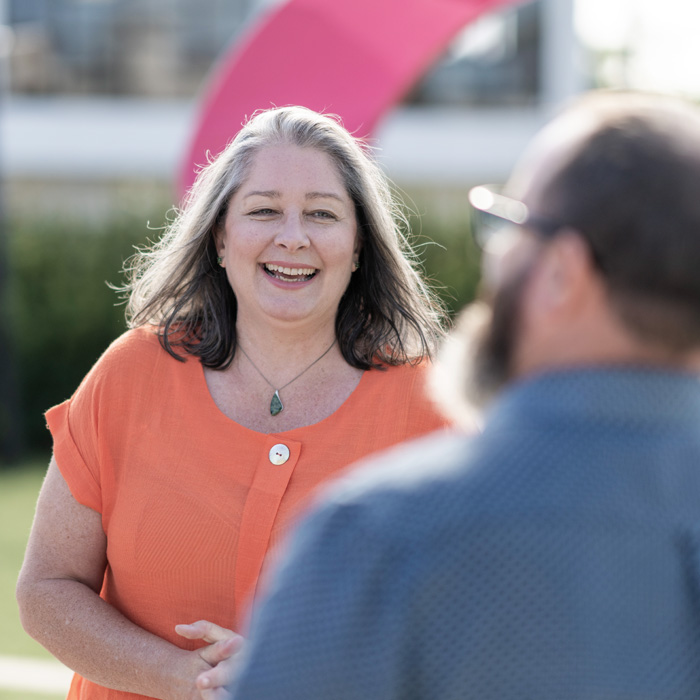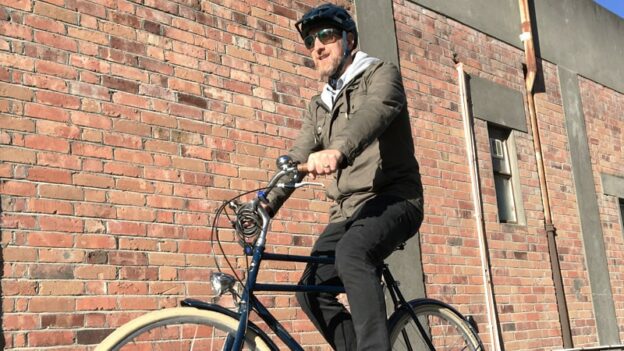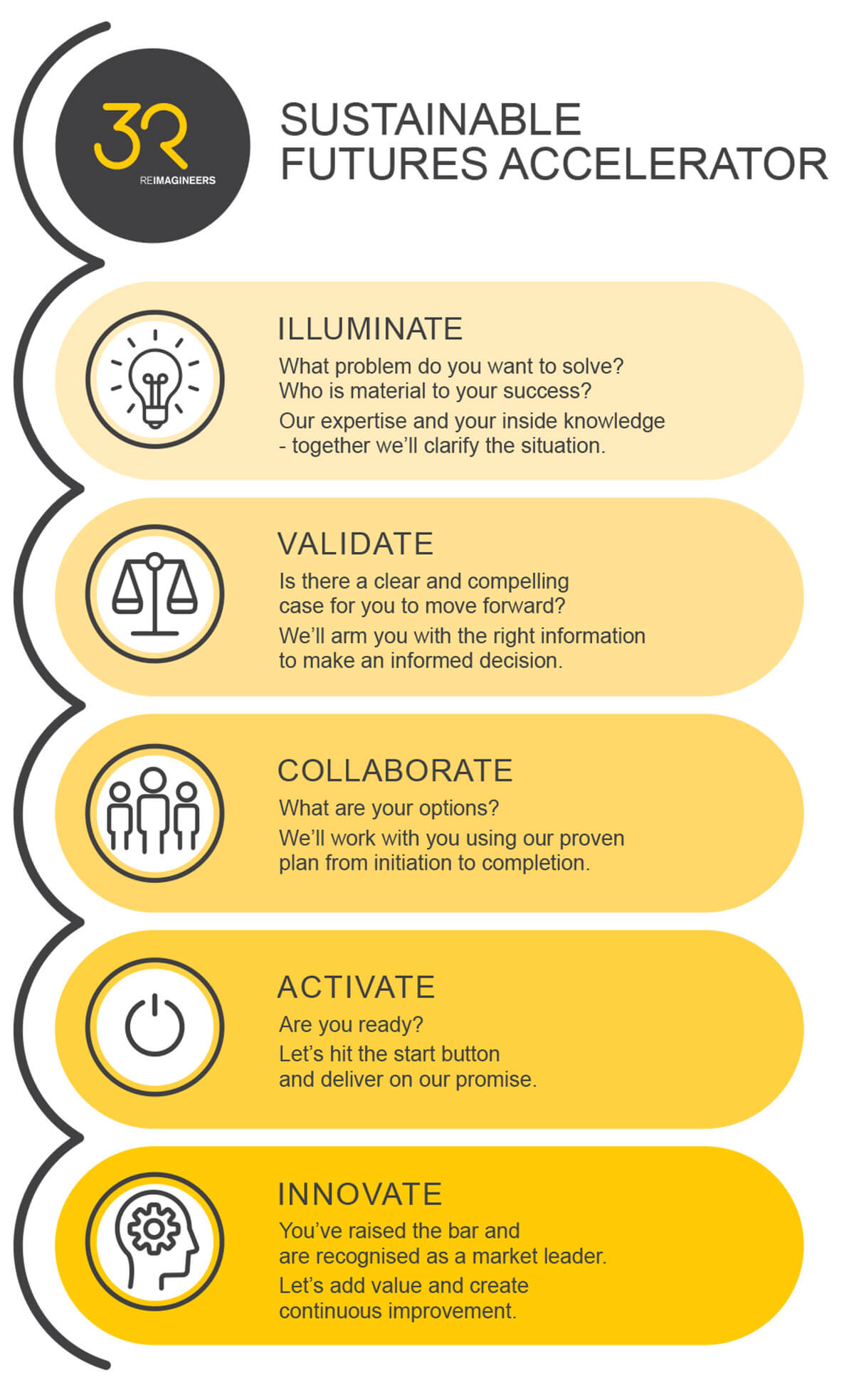Hawke’s Bay could lead the way in low-carbon transport
When faced with the reality of climate change and rising carbon emissions many simply feel there isn’t anything they can do personally to help.
However, with the rise of electrified transport and a willingness to rediscover the simplicity and efficiency of the humble bicycle, there are options which not only benefit the planet but your health and even your wallet.
Transport makes up 21% of New Zealand’s annual greenhouse gas (GHG) emissions and is also the country’s fastest growing source of emissions, according to the Ministry for Transport.
It’s also something we as individuals have a great amount of control over. Do I buy a big, emissions-heavy vehicle, or one that produces low or no emissions? Do I get in the car to go to corner store, a few blocks away, or do I walk or ride a bike? Even a ride of a few kilometres to work is no sweat on an e-bike.
Simply changing the way we get around can have a big impact on our individual, and therefore national, GHG emissions. One study by the University of Auckland estimates if just 5% of all short, vehicle-based urban trips were done by bike it would save about 22 million litres of fuel and reduce GHG emissions by about 54,000 tonnes. This would be the equivalent of permanently taking 18,000 cars off the road.
When you consider the country’s total transport emissions are around 16.6 million tonnes, there is no denying these individual actions are only a small part of the solution. However, they are a critical step in making an impact.
On a larger scale, transport emissions need to be cut drastically if New Zealand is to affordably achieve carbon net zero. The positive news is the Climate Change Commission’s recent report on this target shows it can be achieved at a cost of just one percent of GPD a year between 2025 and 2035.
We should lead the way
In Hawke’s Bay we have every reason to walk or bike more instead of driving. We have great weather, a huge network of cycleways (with more being built), and unless you live on Te Mata Peak or Napier’s Bluff Hill, there’s hardly an uphill in sight.
The physical and mental benefits of cycling are well known, and you’ll be hard pressed to find a better way to exercise that suits all ages.
If a traditional bike isn’t appealing, e-bikes are quickly becoming the staple among commuters and recreational riders alike. The most recent import data shows the number of e-bikes brought into New Zealand is rising rapidly year-on-year and is expected to overtake new passenger car sales within the next few years. This surge can only mean prices begin to drop in the new and second-hand markets.
A big part of making a change in how we move around is simply to start. Since moving to our new office, the 3R team have found parking far less convenient, prompting those of us who live in Hastings or Havelock North to cycle to work more often – myself included. Now it’s become the norm for me, there’s little hesitation in hopping on the bike rather than in the car.
If cycling doesn’t appeal then the Hawke’s Bay Regional Council may have a convenient solution in the near future, with the proposal of a trial ‘on demand’ bus service. This would see a ‘virtual bus stop’ mean everyone in the trial area would be no more than 200 metres away from a bus stop and have an average wait of around eight minutes.
We’ll always needs cars and trucks
In a country like New Zealand we are always going to need vehicles to get ourselves and our stuff around. The question is, what type will they be?
Vehicles which use alternative energy sources are undoubtedly the future, with major advances being made in battery technology, providing EVs with ranges which are comparable to their internal combustion forbears.
Hydrogen technology, while not yet having the commercially viability of electric vehicles, has shown great promise too. Car manufacturers are also are investing more into this sector, particularly as governments in key markets such as the United Kingdom, parts of Europe, some states in the USA, China, India, Japan, and other Asian countries ban the sale of new internal combustion engine (ICE) vehicles. The majority of these bans will kick in from as soon as 2030.
Back at home in the Bay Firstgas Group announced last month a facility in the region to produce ‘green hydrogen’ as zero-carbon alternative to natural gas. In its media release the company said, “the change to hydrogen could create dozens of jobs in a potential new regional energy industry: making hydrogen to power factories, homes and transport as well as to store energy for periods of high demand.”
New Zealand has undoubtedly been behind the rest of the world in terms of adopting alternatives to ICE vehicles though, with few incentives to help offset the high purchase price of electric vehicles. The Clean Car Standard, set to kick in from 2023, is expected to go some way to lowering the price of electric vehicles, but more is certainly needed to incentivise the public.
The heavy transport sector, which predominantly uses high-emitting diesel engines, is also seeing progress towards alternative drive trains. As one example, last month SEA Electric in Australia announced volume production of its first locally-assembled electric trucks to be sold through 15 dealerships. In New Zealand we have also seen companies trialling electric trucks in their fleets.
It’s about cultural change
Reducing transport emissions goes beyond technology or infrastructure – as Bernard Hickey recently put it “Our love of suburban homes and double-cab utes is an enormously powerful cultural force.” He goes on to say that meeting our emissions targets would need significant changes in how we make short trips (under 10km) and heavy investment in high density housing and public transport infrastructure.
At a recent breakfast put on by the Hawke’s Bay Regional Council, Simon Upton, Parliamentary Commissioner for the Environment, summed it up something like this: “This is the year of reckoning for climate change. We’ve spent three decades talking about it, but emissions have just gone up. Things are doable but whether they get done is up to us.”
So perhaps it’s time to pump up those tyres or lace up your walking shoes, and not only improve your health but help us downshift our emissions.
It might be a cliché, but there’s no denying small changes make a big difference.
Dominic Salmon is 3R Group’s Business Development Manager
Connect with Dominic on LinkedIn

